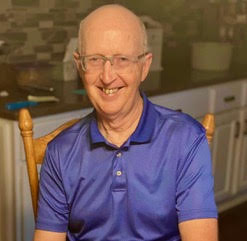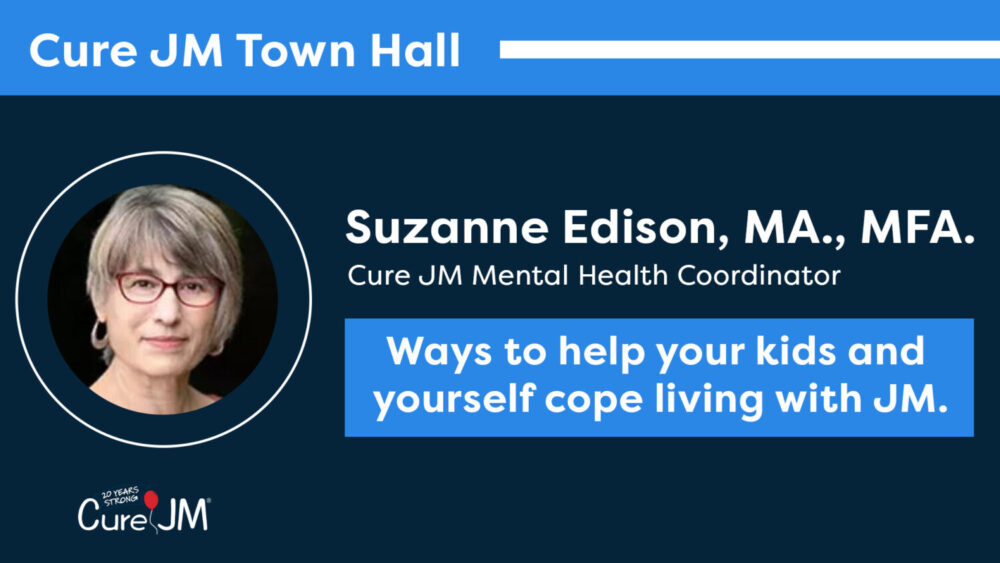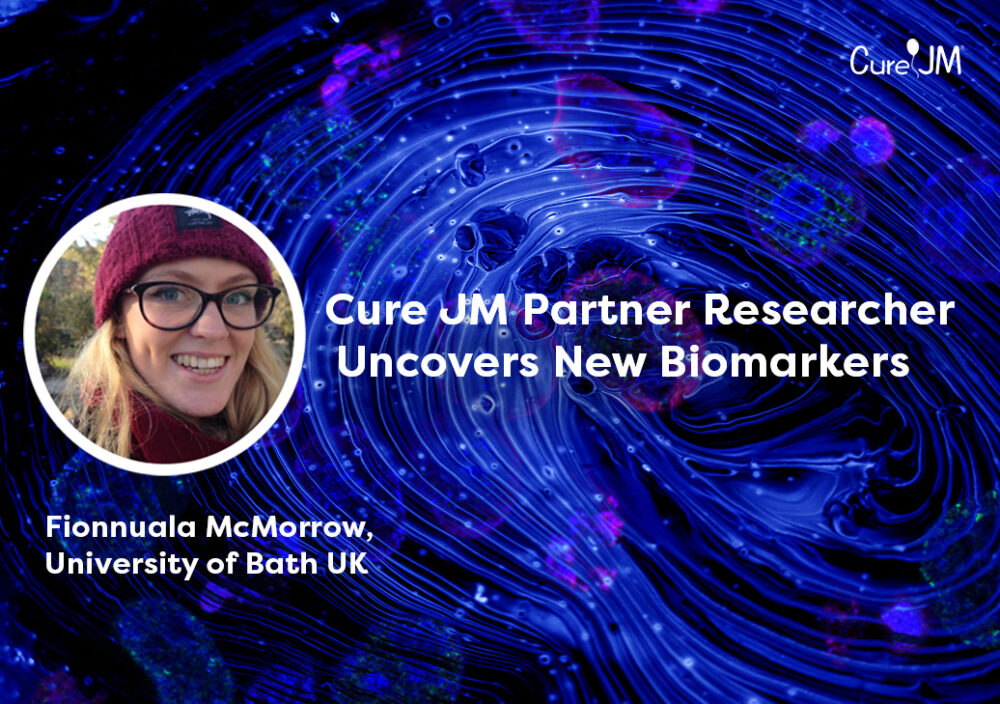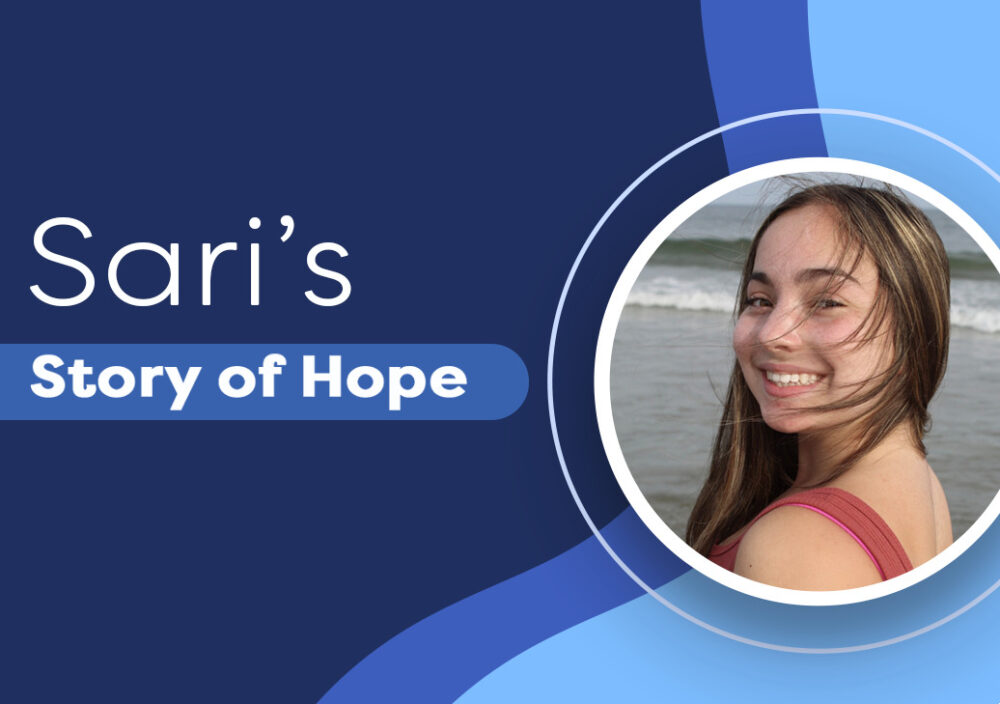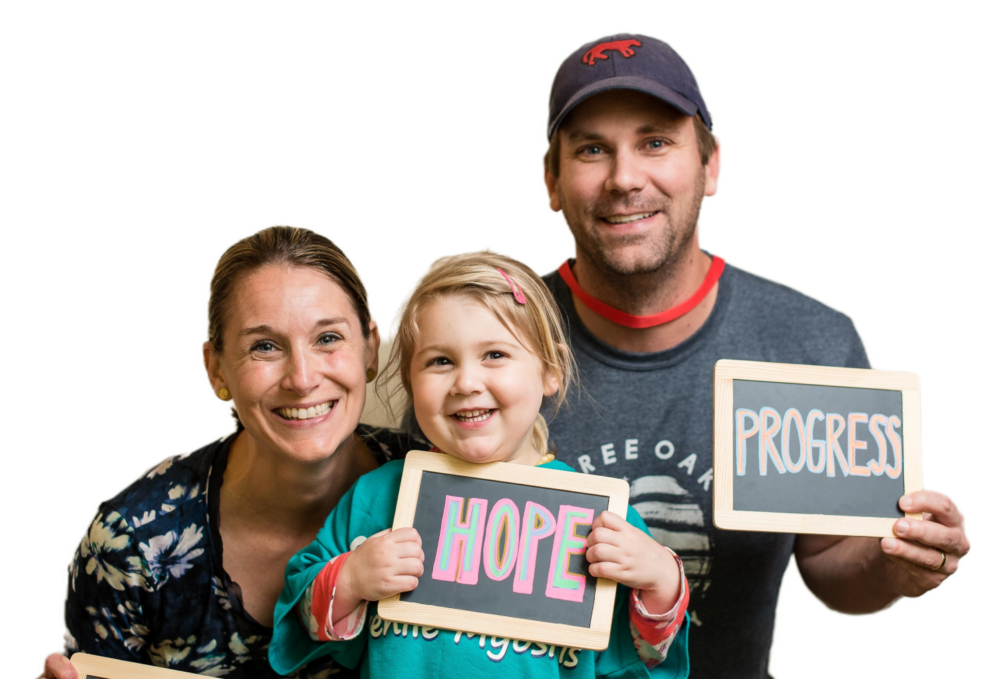Over ten years ago—in the spring of 2012—Brynn’s parents, Matt and Carrie, noticed a change in their daughter. Brynn had seemed like her normal four-year-old self while with her grandparents for Easter. But by May, something was different.
“Our daughter, Carrie, and her husband Matt noticed that Brynn was not her active self,” says Randy, Brynn’s grandfather. Brynn seemed to move painfully and with less energy. Her preschool teacher even informed Brynn’s mom that Brynn had difficulty sitting on the floor. Carrie made an appointment with Brynn’s pediatrician, who admitted Brynn to a local hospital for an evaluation. Brynn’s muscles were weak, but after a muscle biopsy that showed elevated enzymes, there were still no diagnostic conclusions.
Brynn’s pediatrician looked at these results and did his thorough research. He’d never seen a case of JM, but Brynn’s symptoms seemed like exactly that. Finally, a pediatric rheumatologist confirmed Brynn’s diagnosis—juvenile dermatomyositis.
Brynn was placed on prednisone and methotrexate and released with instructions to return in two weeks. Before Brynn was discharged, the pediatric rheumatologist told Carrie that Brynn would likely use a wheelchair for the rest of her life. The initial treatment and prognosis were not satisfactory for their family, and Carrie and Matt knew changes in Brynn’s medical care were necessary.
By that time, Brynn could barely walk a short distance, and simple tasks like sitting up, getting out of bed, and swallowing had become extremely difficult. Carrie immediately began researching the disease and the best care available. Thankfully, before Brynn had been discharged, a resident had taken note of Carrie’s intent to find better care for her daughter, and knowing it was important, she stuck Brynn’s medical chart under her pillow. That unlikely but crucial act of help was the first step of a journey of recovery for Brynn. A top-rated children’s rheumatology department at a hospital in a neighboring state finally proved effective.
As soon as she arrived at the hospital and underwent an examination, Brynn was admitted. It was now late June, just two weeks after Brynn’s 5th birthday. After aggressive treatment and physical therapy, she was released thirty days later. At home, she was given a fabulous Welcome Home party with many friends and family dedicated to helping Brynn feel loved and celebrated.
This story is told from Randy’s point of view, Brynn’s grandpa. “We had never heard of JM before Brynn’s diagnosis,” Randy recalls. Their knowledge about the disease didn’t take long to increase rapidly. Randy and his wife Jenny lived near that children’s hospital where Brynn received treatment. Carrie was excellent at educating them about Brynn’s condition and directed them to the Cure JM Foundation website for valuable resources.
“We were able to continue to provide a home away from home for Carrie and the girls,” Randy adds. After that intense first three years with a full JM treatment regimen (steroids, methotrexate, IVIG, Hydroxychloroquine, and other medications), Brynn went into remission, and her fighting spirit paid off. But about one year later, nine-year-old Brynn had a flare, and her doctor restarted aggressive treatment to combat the disease.
Over the next four years, they were able to wean Brynn off her medications slowly. Her body grew stronger and stronger. In the summer of 2020, years of hope were fulfilled.
“Brynn heard the words she had been working so hard to hear from her doctor, ‘We are going to take you off your last medication. You do not need it any longer. Brynn, you did it.'” When Randy heard the news, he responded with tears of joy.
Randy is excited about his granddaughter’s future. Carrie noticed years earlier that Brynn’s body held up better in the water and got her in swimming lessons, and that enjoyment grew into a passion.
Much like his granddaughter, Randy, too, is involved in the community—the Cure JM community. He first learned of Cure JM in 2012 and went to the 2013 Chicago conference with Carrie and Brynn. That year he became a donor, and by 2016 he began participating in the holiday challenge. As each year passed, he only got more and more involved.
In 2018, Randy and Jenny attended the Cure JM conference in DC and participated in the fundraising walk with their daughter’s family. For the last few years, Randy has regularly attended town halls, and last fall, he was asked to serve as Chair of the Grandparents Council to help other grandparents like him learn about JM. Randy admits that after ten years, there’s still a lot he doesn’t know about the disease.
Earlier this year, Randy joined the Cure JM Board of Directors as Chair of the Grandparent Council.
Randy enjoys “meeting grandparents and hearing about their JM stories” and “interacting with other Cure JM volunteers and staff. Their enthusiasm and dedication to the mission of the Cure JM Foundation are infectious.”
“If I can help raise funds, so can others. The more participation in fundraising, the more successful Cure JM can be.” The people and information around him proved inspiring.
Randy adds to his inspiration gratitude for “how our families worked together to provide support for Carrie, Matt, Brynn, Charlotte, and Delaney.” They worked as a team to make the daunting new normal seem like home. Now that he’s got a lot of practice being a JM team member becoming increasingly involved with the Cure JM foundation has sustained Randy’s hope.
Patients, parents, families, and grandparents are never alone in the journey. There’s a community of people dedicated to supporting these beloved and resilient kids, all battling a rare and serious disease.
Other grandparents can get involved, like Randy. Everyone’s dedication is important to the mission. It already takes a village to raise a child, but it takes a Cure JM village to raise a warrior.
